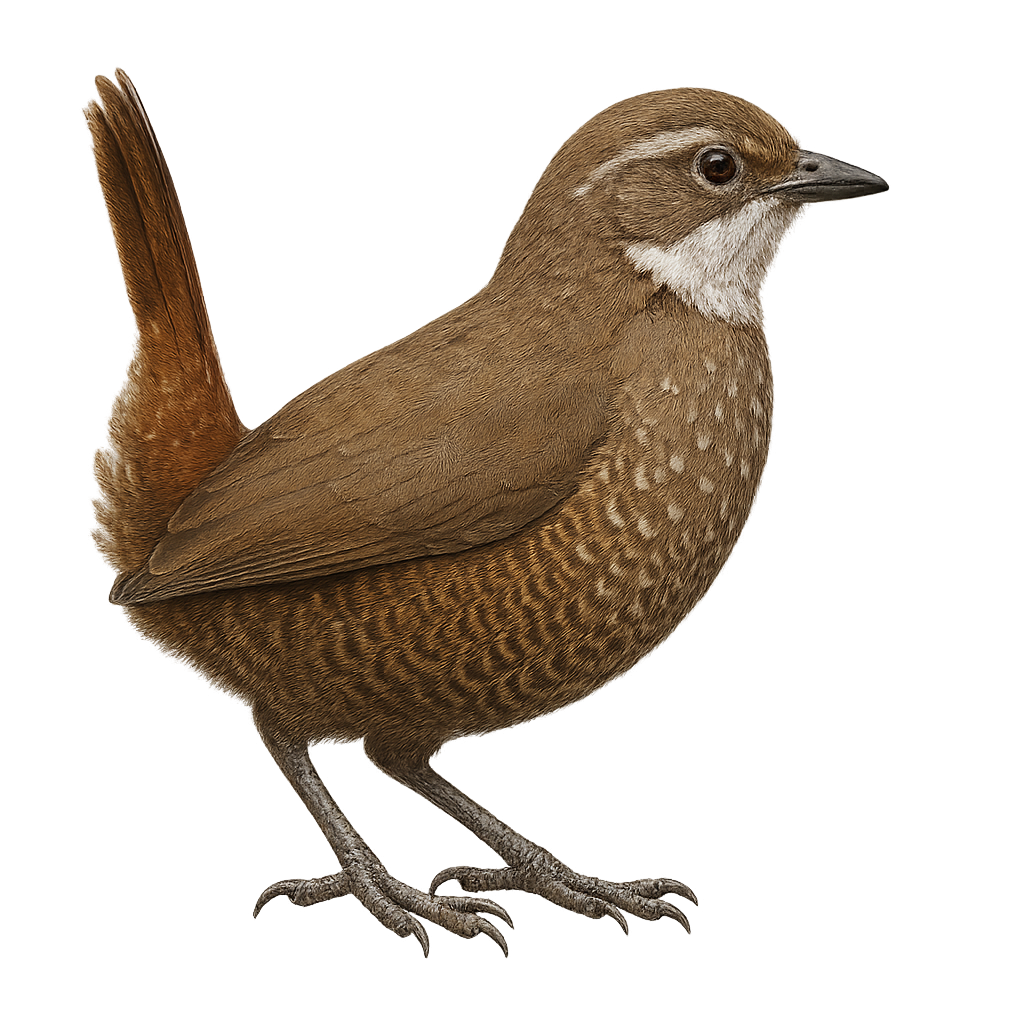Your wildlife photography guide.
Explore the moustached turca in detail, study its behavior, prepare your shots.
Where to observe and photograph the moustached turca in the wild
Learn where and when to spot the moustached turca in the wild, how to identify the species based on distinctive features, and what natural environments it inhabits. The WildlifePhotographer app offers tailored photography tips that reflect the moustached turca’s behavior, helping you capture better wildlife images. Explore the full species profile for key information including description, habitat, active periods, and approach techniques.
Moustached Turca
Scientific name: Pteroptochos megapodius

IUCN Status: Least concern
Family: RHINOCRYPTIDAE
Group: Birds
Sensitivity to human approach: Suspicious
Minimum approach distance: 10 m
Courtship display: September to October
Incubation: 21-23 jours
Hatchings: September to November
Habitat:
Dense forests, shrublands, maquis
Activity period :
Primarily active during the day, with peak activity in the morning and late afternoon.
Identification and description:
The Moustached Turca, or Pteroptochos megapodius, is a terrestrial bird endemic to Chile, primarily found in dense forests and shrublands of the central region. This bird is recognizable by its reddish-brown plumage and relatively large size for a member of the Rhinocryptidae family. It has a sturdy beak and strong legs, adapted to its ground-dwelling lifestyle. The Moustached Turca is a discreet bird, often heard before seen, thanks to its distinctive and melodious song. It primarily feeds on insects and small invertebrates found by foraging on the ground. Although its habitat is threatened by deforestation, it is currently classified as "least concern" by the IUCN.
Recommended lens:
400 mm – adjust based on distance, desired framing (portrait or habitat), and approach conditions.
Photography tips:
To photograph the Moustached Turca, it is advisable to use a telephoto lens of at least 400mm to capture detailed images without disturbing the bird. Look for areas where the bird is active, usually on the ground, and be patient. Morning is often the best time to observe its natural behavior. Use a tripod to stabilize your camera and be ready to quickly adjust settings according to changing light conditions in dense forests.
The WildlifePhotographer App is coming soon!
Be the first to explore the best nature spots, track rutting seasons, log your observations, and observe more wildlife.
Already 1 439 wildlife lovers subscribed worldwide

